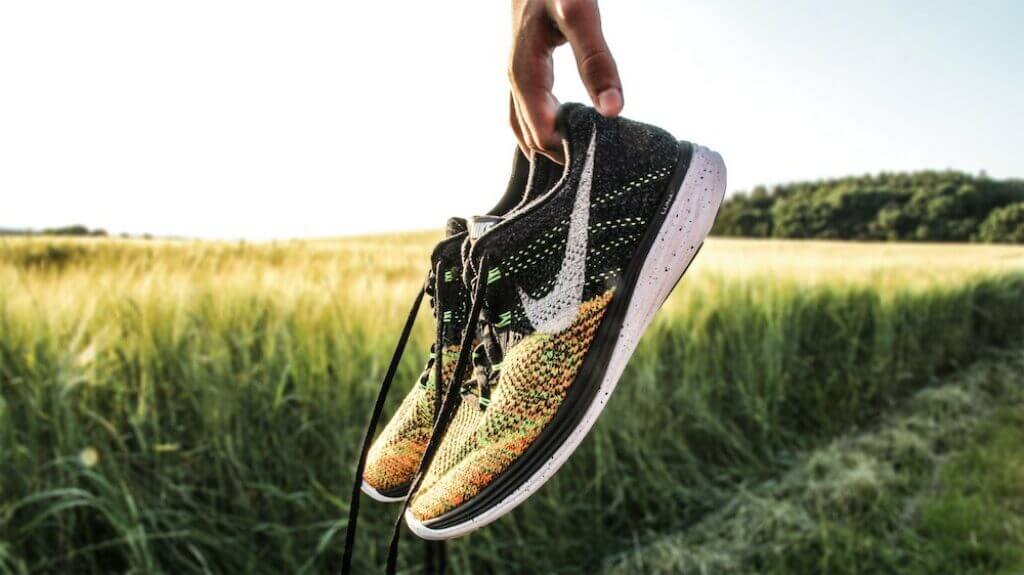Running is one of the least expensive activities to burn all the fats you accumulated after overeating during the holidays. All you need is a trusty pair of running shoes, and you are good to go. But while these shoes are tougher than your regular footwear, they still won’t last forever.
Eventually, the time will come when your favorite pair have reached their ultimate finish line. Knowing when to replace them is essential to your comfort and running performance. But how long can you expect your running shoes to last? Unfortunately, this question can’t be answered with a simple statement. So let’s unravel the many layers that can affect your running shoes’ life.
How Many Miles do Running Shoes Last?
There is no one-size-fits-all to the old-age question on how often to change running shoes. Most manufacturers and retailers say that running shoes’ life span should be measured in mileage rather than time. Generally, most high-quality footwear would last 300 miles at the minimum and 500 miles at most. So if you run an average of 20 miles each week, you would need to buy a new pair every four to six months.
Most brands recommend this interval since this is around the time when the materials will start to degrade. The midsole cushioning will begin losing its resiliency and absorb less shock—in some cases, it may become less stable. Aside from that, the outsole’s grip will also start deteriorating. As you run and accumulate more mileage in your shoes, its material will become thinner and stiffer until it resembles racing flats.
An important element to also consider is the type of shoes. Like with anything, some models are more sturdy than others. If you are looking to maximize the number of miles you can get out of your shoes, you should look at models with a thick layer of rubber on the outsole to protect the rest of the platform, especially the midsole. However, rubber is one of the heaviest components of a running shoe, and, as a result, such shoes—commonly intended for daily training—tend to lean on the heavier side. Conversely, racing shoes with almost no rubber are much lighter but also more fragile. This is especially the case with some carbon-fiber plate running shoes that can withstand 300 miles at most.
Among the other factors that can affect your footwear’s wear and tear are your running habit, the type of terrain you run on, your gait, and the temperature or climate of the places where you run. Your shoes will also degrade when you use them for non-running activities. Even when you’re just running to the store or walking your dog, you are already compressing the midsole. All of these contribute to how often you should replace running shoes.
Why Should You Replace Your Running Shoes?
While most runners are worried about how often to replace running shoes, some wonder why they should even change them. Signs of wear and tear may not often be visible, especially when it involves the midsole. So if your trainers don’t look worn out yet, why change them at all?
A weak cushioning may put more pressure on your joints. This is especially true if you’re a heavy runner. Although most experts believe that there is no clear link between running shoes and injury risk, this could affect your comfort. And according to a 2009 study published in the Footwear Science Journal, comfort is the most important thing when you run since it reduces your oxygen consumption.
Outsoles with less grip can be a safety issue, especially for trail running. Indeed, while the rubber used for shoes is naturally sticky (e.g., Vibram), lugs deteriorate over time, leading to a less secure foothold on technical terrains like soft mud or snow. This can also be an issue for road running if you are used to training on wet surfaces that require good traction to avoid slippage.
Tips to Make Your Running Shoes Last Longer
Running shoes can be quite expensive, so it’s natural for most people to want to get their money’s worth out of it. It can also be tough to let go of your favorite pair. So here are some tips to follow to keep them going strong for as long as possible:
- Use it only for running. Buy different footwear for other activities.
- Get several models and rotate them depending on the use: prefer durable running shoes for daily training and lighter models for competition.
- Remove your shoes properly. Unlace each shoe and slip it off with your hands instead of using your other foot to rake it down.
- Clean your shoes regularly and stuff them with newspaper to remove the water more quickly.
- Don’t let them sit in extreme temperatures for so long.
After using a pair of running shoes for so long, you might have some fond memories tied with them. It’s hard to retire a favorite pair of running shoes. But once it reaches its 300 to 500 mileage mark or showing signs of wear and tear, replacing them with new ones would be a better choice.
Lastly, there’s no need to throw away your retired shoes: did you know that trail shoes like the Salomon Speedcross have become a fashion staple? Just give it a good shine, and here they are, ready for a new life in the mundane world!
Photo by Kristian Egelund on Unsplash

